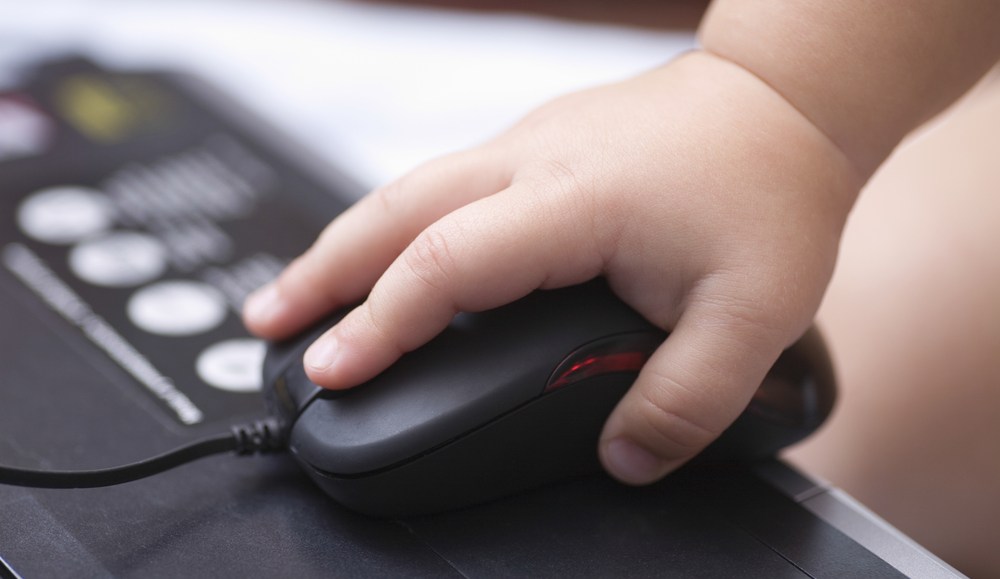Save 50% on a 3-month Digiday+ membership. Ends Dec 12.

If we are to ascribe to the adage that millennials are a new breed of consumers who can identify when brands are talking down to them, then brands’ Facebook strategies are a resounding failure.
Brands treat Facebook users like a classroom of grade schoolers, according to a study from marketing analytics company Track Maven released on Wednesday. Approximately two-thirds (67.3 percent) of brands’ Facebook posts were written at a fifth grade reading level, the report showed. The average post was written at fourth grade reading level, and the most common reading level was first grade, which accounted for 17.5 percent of posts.
That’s all the more troubling considering Facebook requires that users be at least 13 years old, or in seventh or eighth grade.
The study used the Flesch-Kincaid readability tests that are used to measure the comprehension level of a given piece of prose. “Moby Dick,” it should be noted, is written at a tenth grade level.
The other startling revelation was how easily manipulated consumers were by a simple punctuation change. Posts that ended with an exclamation point saw nearly three times the engagement as those that end in periods, the report found. Question marks, meanwhile, resulted in just a 23 percent increase in engagement versus other posts.
Washington D.C.-based Track Maven analyzed 5,804 Facebook pages (each with at least 1,000 likes) and more than 1.5 million posts for the study.
Apart from painting a grim picture about the state of the written word on Facebook, the study actually revealed some interesting and helpful tidbits regarding brands on Facebook.
Posts on weekends are more effective in terms of engagement
While most brands do a majority of their posting on weekdays, it turns out there’s more value in posting on weekends.
“There’s a huge increase in engagement in content posted on weekends and after hours,” said Track Maven CEO Allen Gannett. “We have this predisposition as marketers to publish at the office. We hit the big red button, so to speak, and wait to see what happens. That’s sort of hurting us.”
A little more than 16 percent of all brand Facebook posts are published each weekday, with nine percent of posts published on Saturday and less than nine percent published on Sunday. But weekend posts see a greater number of interactions per post. On weekdays, interactions per post is between 2.19 and 2.27. That figure increases to just less than 2.5 on Saturday and reaches 2.72 on Sunday, however.
Use photos
Even though every brand is doing it, 88 percent of the posts analyzed included photos, photos continue to drive more engagement. Posts with photos saw 2.35 interactions per post, while those without rendered an average of 1.71 interactions.
“More-visual content performs better,” said Gannett.
That said, use more words
The report suggests it’s time to move beyond treating Facebook users as overgrown toddlers, still clinging to picture books. The more words, it turns out, the better.
“We’re learning, as Facebook changes and fine tunes, that better content is performing better,” said Gannett. “For a long time as brands we relied on simple things: ‘like this photo if you agree,’ or ‘share this’.”
That won’t cut it anymore. Posts with 80 to 89 words saw an average of 6.19 interactions per post, while those with 70 to 79 words received 3.42 on average. Posts with 10 to 19 words were the most common, constituting a third of all brand posts, but yielding only approximately two interactions per post.
Image via Shutterstock
More in Marketing

‘A trader won’t need to leave our platform’: PMG builds its own CTV buying platform
The platform, called Alli Buyer Cloud, sits inside PMG’s broader operating system Alli. It’s currently in alpha testing with three clients.

Why 2026 could be Snap’s biggest year yet – according to one exec
Snap’s senior director of product marketing, Abby Laursen talked to Digiday about its campaign automation plans for 2026.

‘We just did the math’: The new baseline for ad tech transparency
Ad execs said the industry is shifting toward a renewed transparency push driven as much by day-to-day operational pressure as by principle.





